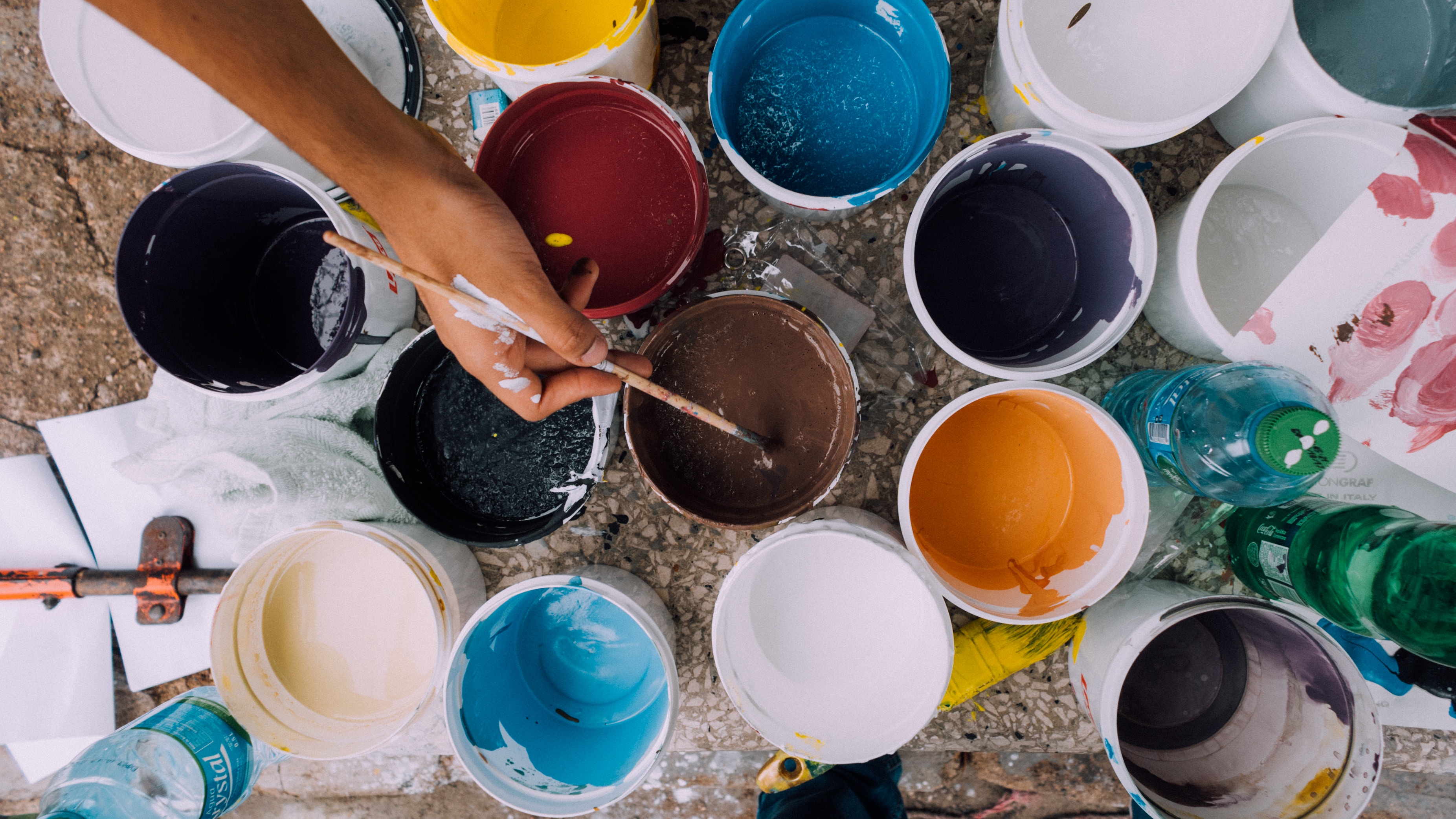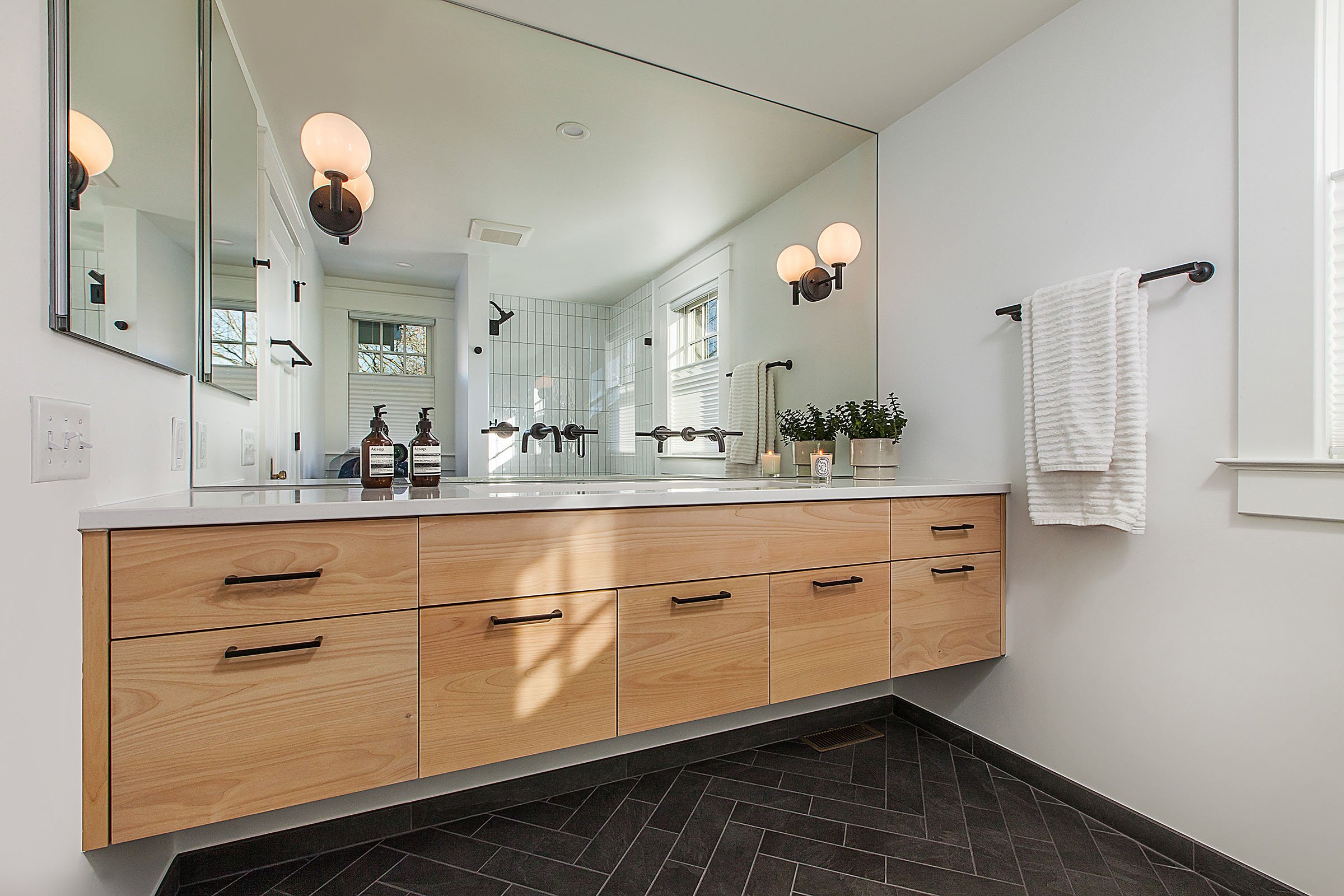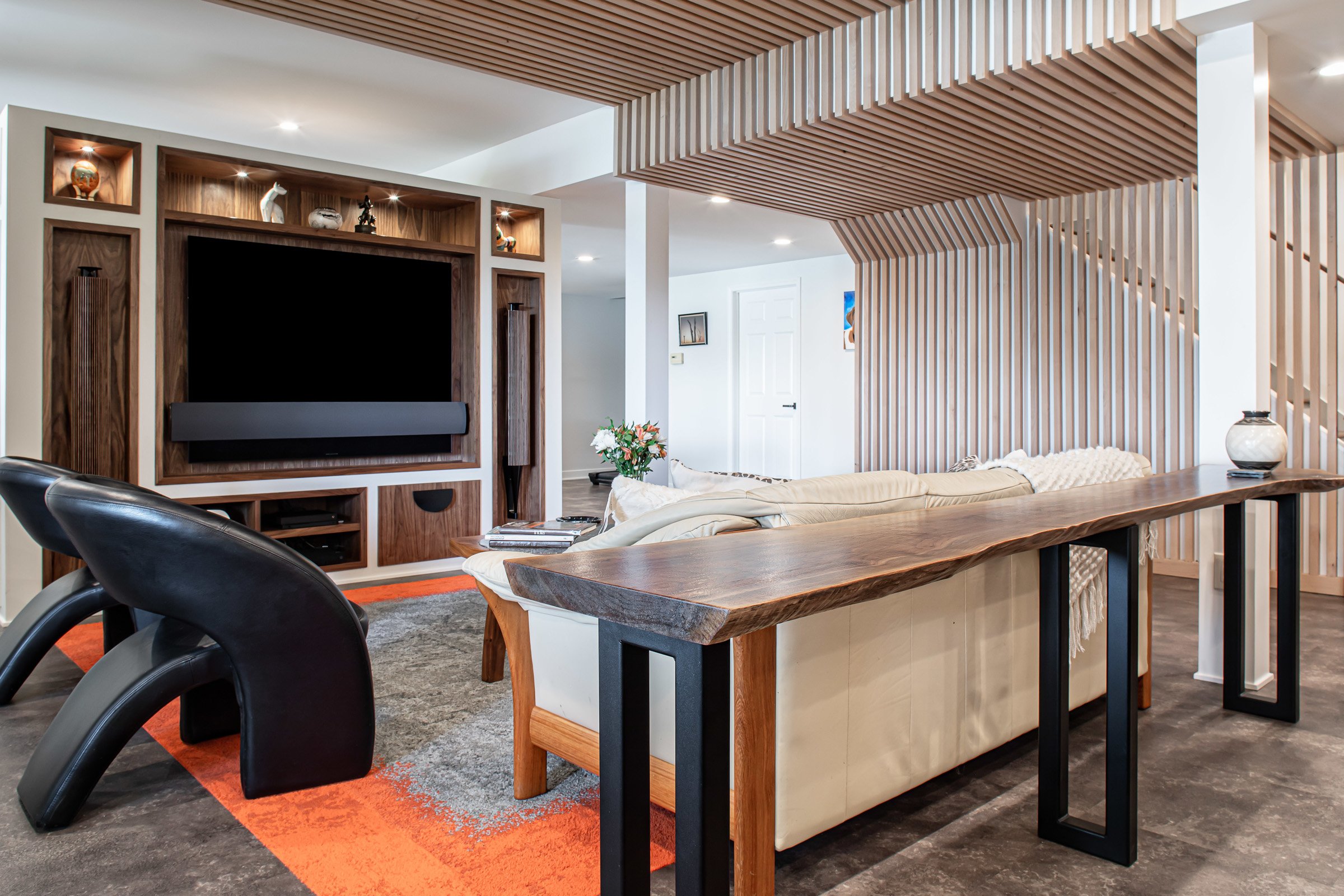1 min read
Riding the Renovation Rollercoaster: The Emotions Behind a Remodel
Every home remodeling journey comes with its own set of emotions, and no project is without its ups and downs. After remodeling homes in the greater...
2 min read
Meadowlark Design+Build : January 6, 2025

One of the most common questions I am asked as a designer: “How do I choose a paint color…there are so many options?” Since I enjoy the psychology and creativity behind design, I love answering this question.
When narrowing down your paint color options, ask yourself these questions:
An easy place to start narrowing your options is to eliminate colors that don’t go with the flooring, cabinets, countertop, and other elements in the room. For example—If you have cherry flooring, most of the time an orange usually makes the room overwhelmingly red.
One of the ways design impacts us is through how we experience a space. For example, spaces with lower ceilings tend to feel cozier and sometimes cramped if you yourself are tall. Likewise, paint color—a part of design—contributes to the overall feel of a space.
The list below generally characterizes how colors contribute to a space’s feel:
Not sure what feel you want? Try taking ten minutes and looking through room photos. If you mark and review the photos you like, you’ll likely find a common feel throughout the photos. Houzz is a great resource for this. And to learn about current color trends – paint companies like Benjamin Moore and Sherwin Williams publish their trending colors on a yearly basis.
Out of the colors that contribute to the feel of your space, you can easily rule out color families you don’t like right away (and by color families, I mean reds/pinks, oranges, yellows, greens, blues, purples, whites, grays, browns, and blacks). You may also notice the colors you are really excited by. These colors can always be brought into the space in some way.
What if you like a bright, energetic, neon green, but you want the room to be more calming? Many people want a color but are looking for a different feel than that color naturally exudes. In these situations “feel” is more important than the aesthetic and these bright colors can be added as non-contributing colors in accent pieces like a pillow, rug or a painting.
After narrowing your choices, it’s time to choose a color.
Light quantity and type impacts how we perceive color and the overall tone of a room. Morning daylight and artificial lighting with a slightly yellow glow will make a room appear warmer. More light, especially daylight, makes colors appears brighter; less light will zap their intensity, making them appear darker and more gray.
The following guidelines can be used to narrow down your color selection:
Generally speaking, the more colors you link to one another, the more harmonious the room is. The simplest way to link colors is to use the same color. For example, a patterned rug may have multiple tones of gray, brown, and beige. Any of those colors could be matched and used for the wall color.
Not sure which color to match? Think about which color best contributes to the overall feel of the space.
Another way to link colors is to match the undertone. Let’s say there’s a medium-brown-colored floor in a living room. Medium brown has a warm, red undertone. Wall colors with warm undertones will go well with the floor because of the common undertone.
Designers are constantly visualizing the end product: the space. They’ll have ideas about colors and can walk you through how your options impact the feel of your space. If you don’t have a designer or builder for your project yet, feel free to contact us. We’d love to talk with you about working together.

1 min read
Every home remodeling journey comes with its own set of emotions, and no project is without its ups and downs. After remodeling homes in the greater...

Transforming your home is not just about aesthetics; it's about finding solutions that fit your budget and lifestyle. When upgrading your kitchen or...

We’re thrilled to be featured in The Scout’s Guide’s latest piece, “How to Upgrade Your Basement, According to the Experts.” We invite you to check...